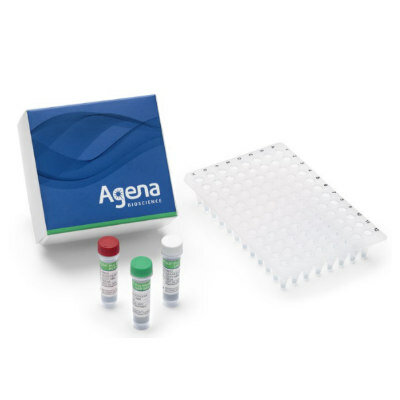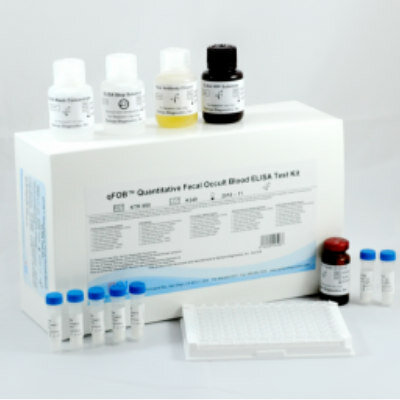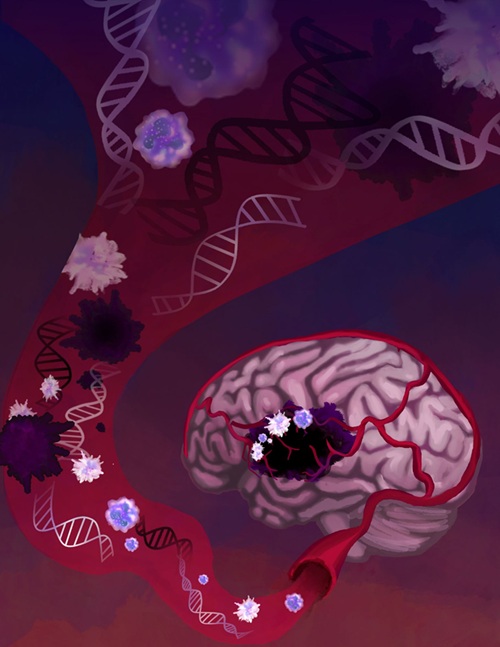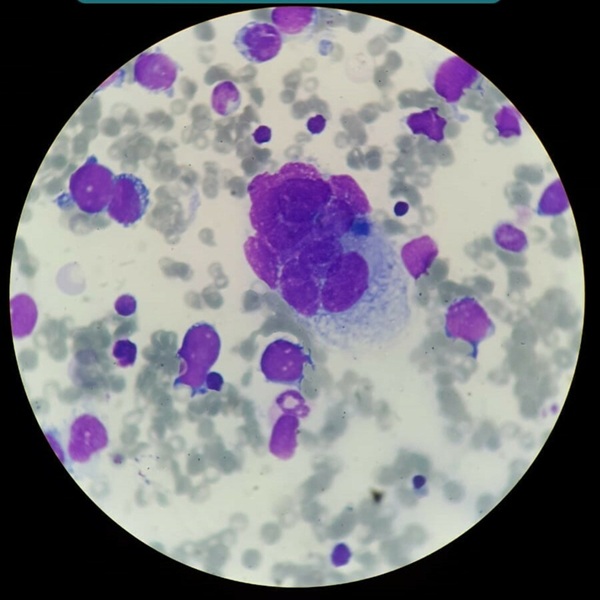Revolutionary AI Tool Transforms Disease Visualization
Posted on 10 Feb 2025
Genes serve as the body's blueprint, while proteins execute the instructions within those blueprints to maintain cell function. Occasionally, alterations in these instructions—known as mutations—can interfere with this process and cause disease. Omics refers to the study of genes, proteins, and other molecular data to explore the body's functions and how diseases evolve. Now, an artificial intelligence (AI) tool is assisting in converting vast, complex biological data into two-dimensional circular visuals. By mapping this data, the tool might offer clinicians and researchers a novel method for visualizing disease patterns, such as those found in cancer and neurological disorders, which could aid in directing personalized treatments. Additionally, it may provide an intuitive means of exploring disease mechanisms and interactions.
Developed by researchers at Mayo Clinic (Rochester, MN, USA), the tool called OmicsFootPrint helps to clarify these complexities by transforming data—such as gene activity, mutations, and protein levels—into vibrant, circular maps that offer a clearer understanding of what’s occurring within the body. In their study, the researchers employed OmicsFootPrint to examine drug responses and cancer multi-omics data. The tool successfully distinguished between two types of breast cancer—lobular and ductal carcinomas—with an average accuracy of 87%. In lung cancer, it showed over 95% accuracy in identifying two types: adenocarcinoma and squamous cell carcinoma. The findings, published in Nucleic Acids Research, revealed that combining various types of molecular data yields more accurate results than using just a single type.
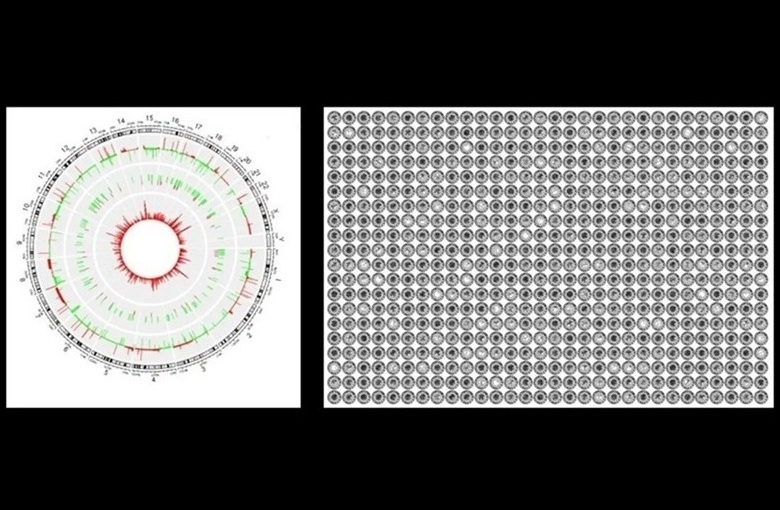
The OmicsFootPrint also demonstrates promise in generating meaningful insights even with limited datasets. It utilizes advanced AI techniques that learn from existing data and apply this knowledge to new situations, a process known as transfer learning. For instance, it assisted researchers in achieving over 95% accuracy in identifying lung cancer subtypes with less than 20% of the usual data volume. To further enhance its accuracy and insights, the OmicsFootPrint framework incorporates a sophisticated method called SHAP (SHapley Additive exPlanations). SHAP highlights the key markers, genes, or proteins that impact the results, aiding researchers in understanding the underlying factors driving disease patterns. In addition to research, OmicsFootPrint is also intended for clinical use. It compresses large biological datasets into compact images that occupy only 2% of the original storage space. This compression could simplify the integration of the images into electronic medical records, potentially guiding future patient care. The research team is working on expanding OmicsFootPrint to explore additional diseases, including neurological conditions and other complex disorders. They are also focusing on updates to enhance the tool's accuracy and flexibility, such as the ability to identify new disease markers and drug targets.
"Data becomes most powerful when you can see the story it's telling," says Krishna Rani Kalari, Ph.D., lead author of the study and associate professor of biomedical informatics at Mayo Clinic's Center for Individualized Medicine. "The OmicsFootPrint could open doors to discoveries we haven't been able to achieve before."




